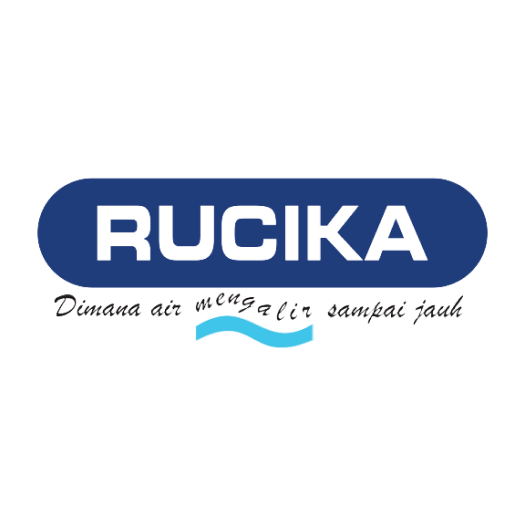Managing company assets without a clear system is like navigating a ship without a map. Inefficiencies pile up, and critical items often go untracked. Asset tagging offers a simple yet powerful solution. By attaching barcodes or RFID labels to physical items, businesses can gain real-time visibility and control over their equipment, inventory, and resources.
Companies risk losing assets, delaying operations, and increasing costs without a reliable tagging system. Explore how asset tagging can streamline your tracking process and support more intelligent, data-driven decisions across your organization.
If you’re looking to simplify your asset tracking process, try a free demo from HashMicro to see how the solution fits your needs. Keep reading to discover how asset tagging can reshape how you manage your most valuable resources.
Asset tagging gives your organization stronger control and clearer visibility across the asset lifecycle. It helps you make better decisions and reduces tracking errors. Ready to simplify asset tracking? Try a free demo from HashMicro and discover how it fits your needs. Keep reading to learn how asset tagging can help manage valuable resources.
Key Takeaways
|

What is Asset Tagging?
Asset tagging is an essential method for organizing physical assets. It involves labeling items such as machinery, IT devices, vehicles, or tools with unique identifiers. These labels often use barcode systems, QR codes, or RFID tags to streamline tracking.
These tags, which are often in the form of barcode systems, QR codes, or RFID tags, help identify each asset and link it to tracking software, allowing for more accurate monitoring and better control. Therefore, teams can quickly locate assets and reduce errors in record-keeping, leading to more consistent operations and fewer disruptions.
Ultimately, asset tagging gives organizations greater oversight of assets throughout their lifecycle. By assigning unique IDs, it becomes significantly easier to track movement between locations in real time, which in turn helps maintain overall asset visibility.
The Importance of Asset Tagging
Managing physical assets effectively is crucial to maintaining smooth operations, especially as businesses expand. Without the right tools, tracking items can quickly become overwhelming and error-prone.
Fortunately, asset tagging improves visibility, accountability, and operational efficiency. Below are several reasons why implementing asset tagging is a smart investment for your company:
1. Improves asset visibility
Once every asset is tagged with a unique identifier, your team can more easily pinpoint the location of each item at any given time.
Rather than relying on guesswork or outdated manual records, asset tags deliver instant, reliable data that enhances tracking accuracy. This means fewer misplaced items and faster access to what your teams need to keep projects on track.
2. Enhances operational efficiency
Time is one of your most valuable resources. Asset tagging reduces employees’ time searching for equipment or tools by making assets easy to locate and track.
This streamlined access reduces downtime and keeps workflows moving smoothly, boosting department productivity.
3. Minimizes loss and theft
In many industries, equipment and tools represent a significant investment, and losing them can seriously impact the bottom line. Asset tags create accountability by clarifying who is responsible for each item and where it should be.
Consequently, this visibility serves as a theft deterrent and enables faster identification of missing assets before they result in costly issues.
4. Supports accurate financial reporting
Keeping up with the financial side of asset management can be tricky. Asset tagging helps maintain detailed records of each item’s value and condition over time.
This information is essential for accurately tracking depreciation, preparing budgets, and meeting accounting standards, so your financial reports reflect the true worth of your assets.
5. Simplifies maintenance and audits
Routine maintenance is key to extending the life of your assets. Asset tags simplify scheduling and tracking maintenance activities by linking each item to its service history.
When audit time arrives, having organized and accessible information not only saves time but also reduces errors, enhancing confidence in your asset management system.
Benefits of Asset Tagging
Adopting asset tagging in your organization can bring significant improvements across operations. By labeling and digitally tracking assets, companies gain better visibility and control over everything they own.
1. Real-time asset visibility
Asset tagging allows you to instantly locate equipment, tools, or inventory. This helps reduce the chances of loss, misplacement, or unauthorized use.
2. Greater accountability
When each asset is tagged and assigned, it becomes easier to track who’s responsible for it. This improves transparency and encourages more responsible usage among team members.
3. Simplified maintenance management
Tagged assets can be linked to maintenance schedules, making it easier to track service history and upcoming checks. This ensures that critical equipment stays in good working condition.
4. Lower operating expenses
With better monitoring and fewer missing items, businesses can optimize resource usage and reduce disruptions, ultimately saving on repair, replacement, and downtime costs.
5. Reliable asset records
Asset tagging helps maintain an up-to-date register of all physical assets. This centralized database improves record-keeping and simplifies inventory reporting.
6. Smoother audits and compliance
By enabling fast asset verification, tagging makes it easier to conduct audits and stay aligned with internal controls or industry regulations.
How to Effectively Tag Your Assets
Effectively tagging your assets requires a well-planned approach beyond simply attaching labels. It starts with selecting the correct type of asset tags based on the environment and the nature of the items being tagged.
The tags should be durable enough to withstand daily use and exposure to heat, moisture, or chemicals. Next, it is important to place the tags in locations where they can be easily seen, scanned, and protected from damage or tampering.
To support proper tracking and reporting, each tag must also be linked to accurate, detailed information within your asset management system.
Finally, updating asset records regularly and conducting routine checks helps maintain data accuracy and boosts the overall effectiveness of your tagging system. As a result, companies can ensure their asset tagging process remains both reliable and efficient.
Your Asset Tracking Process with HashMicro’s Asset Tagging Solutions
Managing assets efficiently is crucial for any business, and HashMicro’s asset tagging solutions are designed to simplify this process.
By integrating advanced tagging technology with a user-friendly platform, HashMicro helps you keep precise records, track real-time asset movement, and reduce loss or misplacement.
Their system improves visibility and supports better decision-making by providing comprehensive asset data at your fingertips. Below are key features that make HashMicro’s solution a valuable tool for businesses aiming to optimize their asset management:
- Automatic asset tracking: This feature allows the system to monitor asset locations and status automatically, without needing constant manual updates. Using technologies like barcode scanning or RFID, companies can track asset movements in real time, reduce the risk of loss, and ensure every item is accurately recorded in the system.
- Monitors end-to-end asset history: This feature keeps a complete record of an asset’s lifecycle from purchase and usage to maintenance and disposal. In addition, maintaining a detailed history enables organizations to track usage, schedule maintenance effectively, and monitor changes in asset value, key elements of efficient asset management.
- Ease of report creation: The ability to generate reports quickly and easily supports asset tracking by providing management with up to date information on asset status and condition. Well-organized reports help identify idle assets, maintenance schedules, and simplify audit processes.
Conclusion
Streamlining your tracking process through asset tagging brings greater accuracy and control to managing your valuable resources. By assigning unique identifiers to each asset, you reduce the risk of loss or misplacement and ensure timely maintenance, which ultimately extends asset lifespan and lowers costs.
HashMicro offers comprehensive asset tagging solutions designed to integrate smoothly with your current systems. These solutions make it easier for your team to monitor and manage assets in real time.
To fully understand how these tools can enhance your operations, we invite you to explore a free demo and discover firsthand the impact of smarter asset tracking.

FAQ Asset Tagging
-
What are the requirements for asset tagging?
Implementing an effective asset tagging system is crucial for effectively managing and tracking physical assets within an organization. The six key steps in this process include asset identification, labeling, data capture, tracking and monitoring, maintenance management and integration with other systems.
-
What is the objective of asset tagging?
Asset tagging is the process of affixing tags or labels to assets to identify each one individually and track data from real-time location to maintenance history. These tags can be assigned to both fixed and moveable assets that are spread across multiple sites and warehouses.
-
Which tool is used for tagging stock?
Barcodes can help you track in-depth information about your inventory, such as its exact location and value, as well as shipments and deliveries. You can also use barcodes to help categorize and organize your stock.





























